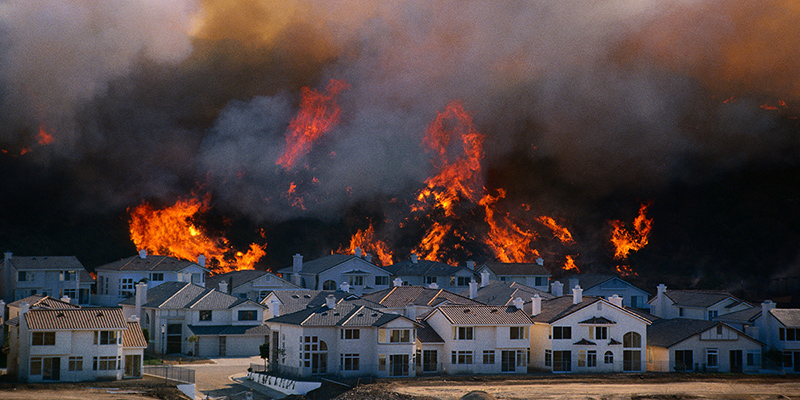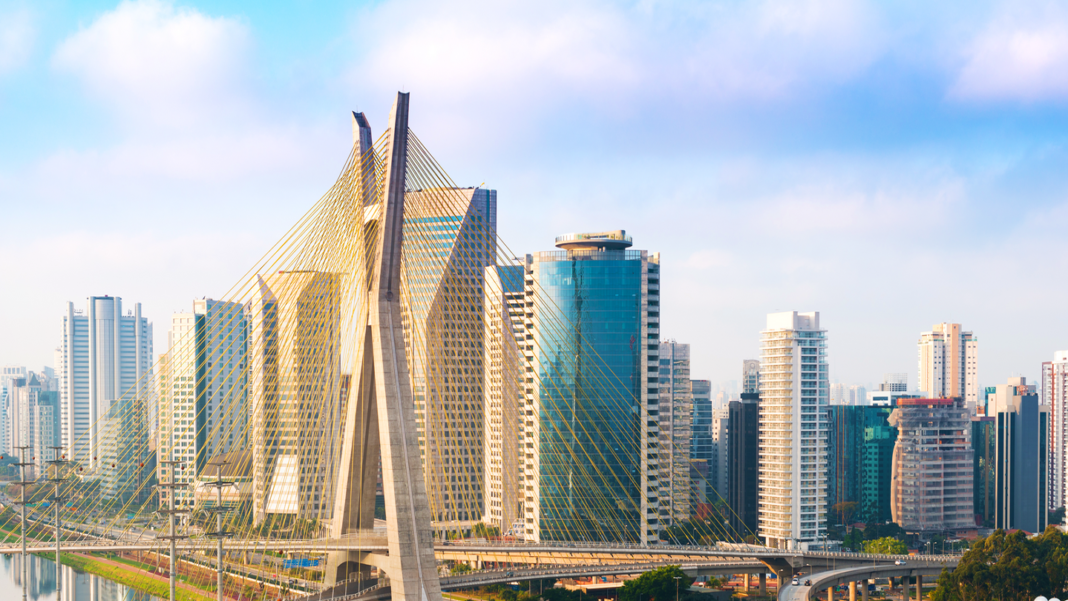The recent wildfires in Los Angeles have left a significant mark not only on the environment but also on the region’s real estate market. With over 18,000 structures damaged or destroyed and an economic impact exceeding $250 billion (The Guardian), the aftermath of these fires is reshaping the dynamics of housing demand, property values, and urban planning in the city.
This article delves into the implications of these catastrophic events on the Los Angeles real estate market, exploring how buyers, sellers, and investors are responding, and what the future holds for one of the nation’s most expensive housing markets.
Immediate Impact of Wildfires on the Real Estate Market
1. Destruction of High-Value Properties
- The Palisades and Eaton wildfires destroyed numerous high-value homes in affluent neighborhoods such as Malibu and Pacific Palisades (People).
- Celebrities and high-net-worth individuals, including Miles and Keleigh Teller, lost their properties, highlighting the vulnerability of even luxury markets to natural disasters.
2. Supply Shortages
- The fires significantly reduced the housing inventory, exacerbating an already tight market (AP News).
- Rental markets are seeing increased activity as displaced families seek immediate accommodation, driving up prices in nearby unaffected areas.
3. Shifts in Buyer Preferences
- Properties with fire-resistant construction, enhanced safety features, and proximity to urban centers are becoming more desirable (World Weather Attribution).
- Buyers are increasingly prioritizing homes with defensible spaces, proper landscaping, and access to emergency services.
Long-Term Implications for the Los Angeles Housing Market
1. Rising Insurance Costs
- Home insurance premiums in wildfire-prone areas are expected to climb sharply, making properties in these zones less attractive to potential buyers (The Guardian).
- Some insurers may pull back from offering coverage in high-risk regions altogether, further complicating transactions.
2. Devaluation of High-Risk Properties
- Properties located in wildfire-prone zones, particularly those on the wildland-urban interface, are likely to see declines in value (Huffington Post).
- Conversely, areas perceived as safe from wildfires may experience increased demand and appreciation.
3. Increased Focus on Resilient Infrastructure
- Developers and policymakers are likely to emphasize fire-resistant building codes, sustainable urban planning, and enhanced community resilience (AP News).
- These efforts may increase construction costs in the short term but could lead to safer and more sustainable developments in the long run.
The Role of Climate Change in Shaping the Market
Los Angeles is no stranger to wildfires, but their frequency and intensity are increasing due to climate change. Prolonged droughts, higher temperatures, and dry vegetation create ideal conditions for fires to ignite and spread (World Weather Attribution). As these risks intensify, the real estate market must adapt to mitigate future losses.
Key Climate-Related Market Trends:
- Migration Patterns: Some residents may consider relocating to areas with lower climate-related risks, reducing demand in wildfire-prone neighborhoods (The Guardian).
- Green Building Incentives: Expect growth in eco-friendly construction practices, including solar panels, fire-resistant materials, and energy-efficient designs.
- Policy Reforms: Local governments may introduce stricter zoning laws and incentivize homeowners to adopt fire prevention measures.
Opportunities for Investors
Despite the challenges, the post-wildfire landscape offers investment opportunities:
- Rebuilding Efforts: Contractors and developers specializing in resilient construction are likely to see increased demand (AP News).
- Affordable Housing: The need for temporary housing solutions presents an opportunity to address the city’s long-standing housing affordability crisis.
- Commercial Real Estate: Businesses displaced by the fires may seek new locations, potentially revitalizing commercial hubs in unaffected areas (People).
Recommendations for Homeowners and Buyers
For Homeowners:
- Invest in fire-resistant upgrades, including roofing materials, landscaping, and sprinkler systems.
- Review and update insurance policies to ensure adequate coverage for wildfire-related risks (Huffington Post).
For Buyers:
- Conduct thorough due diligence on properties in wildfire-prone areas, including historical fire maps and proximity to emergency services.
- Consider homes with modern safety features or properties located in lower-risk zones (World Weather Attribution).
Conclusion
The Los Angeles real estate market faces a complex recovery process in the wake of the January 2025 wildfires. While the immediate impacts are severe, the disaster also presents opportunities to reimagine how the city builds and safeguards its housing stock against future threats. For buyers, sellers, and investors, adapting to these new realities is essential to navigating this evolving market.
Follow-Up Questions:
- How can local governments and developers work together to enhance community resilience?
- Will the increasing risks of climate change drive more residents away from wildfire-prone regions?
- What role can technology play in mitigating future wildfire risks?
Disclaimer
This article provides an analysis based on data from trusted sources such as The Guardian, AP News, People Magazine, and World Weather Attribution. Readers are encouraged to seek professional advice for specific real estate or financial decisions.
Author Bio
Hannah Lee is an urban planner and analyst with a focus on sustainable housing development and urban renewal projects.



